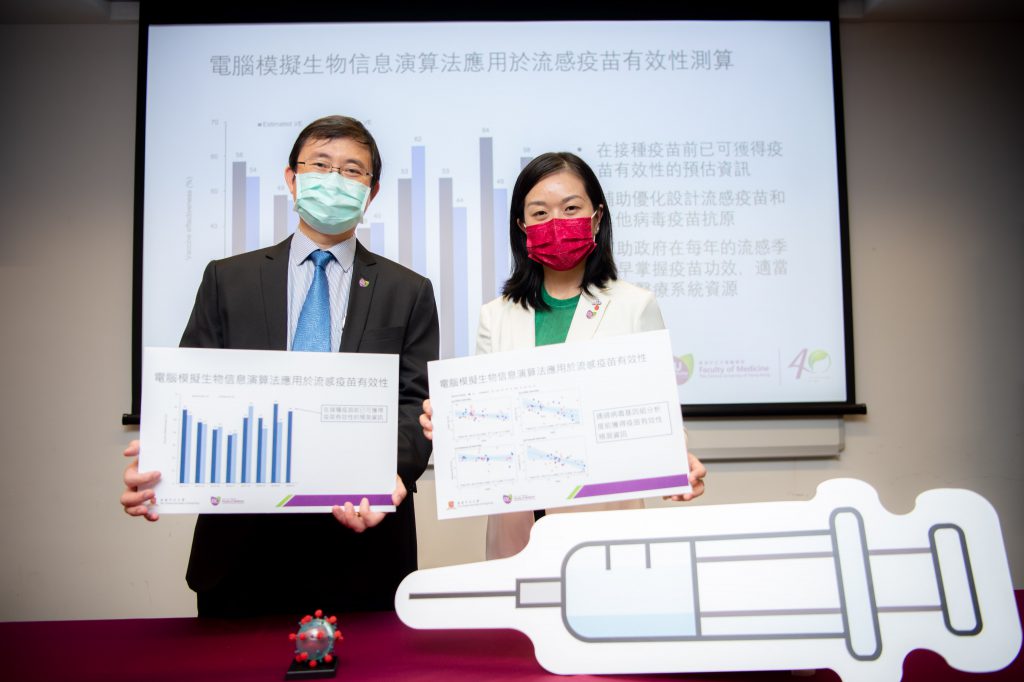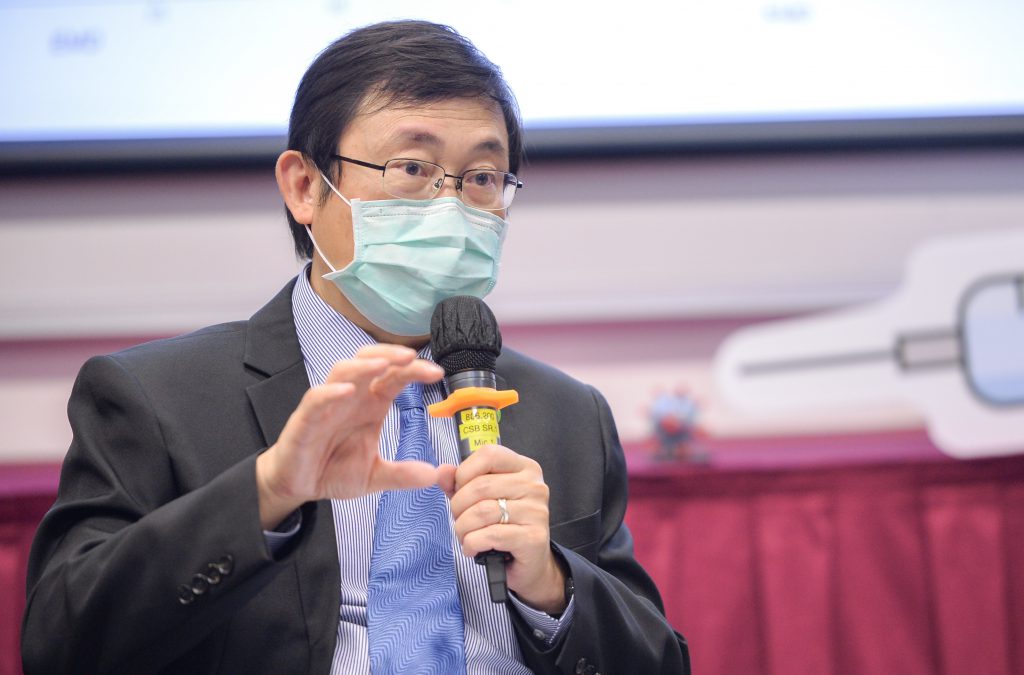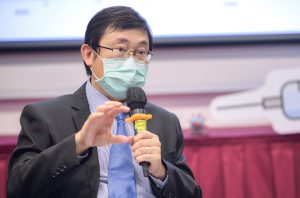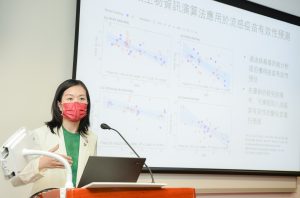CUHK
News Centre
CUHK Develops a Computational Platform to Predict Vaccine Effectiveness by Virus Genome
Largely determined by the level of genetic mismatch between vaccine components and circulating viruses, the effectiveness of the influenza vaccines varies from year to year. A research team led by Professor Maggie Haitian WANG and Professor Benny Chung Ying ZEE, both from The Jockey Club School of Public Health and Primary Care at the Faculty of Medicine of The Chinese University of Hong Kong (CU Medicine), has developed in silico bioinformatics algorithms to predict vaccine effectiveness (VE) before mass vaccination. The latest finding from the team showed that the genetic mismatch could explain more than 80% of the VE variations, and therefore could be used for VE prediction.
The innovative algorithms enable in silico real-time prediction for VE using virus genome, in order to inform the government as early as possible in the flu season for evaluating the vaccination scheme as well as for the allocation of medical resources. Details have been published in the journal Vaccine.
Timely assessment of VE provides valuable information for influenza vaccination and medical resources allocation strategy
Traditionally, VE is evaluated after vaccine uptake through survey studies. Timely assessment of VE is difficult before physical vaccination, thus limiting its applications in policy-making.
Based on their patent technology in 2018, researchers from The Jockey Club School of Public Health and Primary Care recently developed an algorithm that can identify and quantify the relationship between VE and genetic mismatch of circulating viruses and vaccine strains. They found that a certain degree of VE deviations can be explained by genetic mismatch. By integrating the information of multiple genes in the virus genome, the method can provide a more accurate VE estimation.
The algorithms innovatively used genetic data to monitor and evaluate the efficacy of influenza vaccines in real time. The results can be a reference for decision makers for better preparation and response during flu season. If there is significant genetic mismatch between the vaccine strains and circulating virus strains, the government can properly allocate manpower and other resources in public hospitals.
Professor Benny Chung Ying ZEE, Director of the Centre for Clinical Research and Biostatistics, The Jockey Club School of Public Health and Primary Care at CU Medicine, stated, “Modeling a relationship between genetic mismatch and VE is of huge significance to public health as it could provide a nowcast of VE before vaccine uptake during epidemics. Regions with year-round influenza activities, such as tropical or subtropical regions, may face uncertainty in choosing vaccine products containing vaccine strains from Northern or Southern Hemisphere. Real-time VE prediction may offer practical information for policy-makers to select the optimal product for the local population.”
Professor Maggie Haitian WANG, Associate Professor from The Jockey Club School of Public Health and Primary Care at CU Medicine, remarked, “We believe the algorithms can provide timely updates on the expected effectiveness of vaccine products on a local population, and enable manufacturers to have a more accurate prediction and selection of virus components for vaccine updates.”
In addition, the team has set up a clinic-end web interface for providing real-time evaluation of the vaccines information for clinicians.
The full text of the research paper can be found at:
In silico prediction of influenza vaccine effectiveness by sequence analysis
https://www.sciencedirect.com/science/article/pii/S0264410X21000062
Related research:
Differential Influence of Age on the Relationship between Genetic Mismatch and A (H1N1) pdm09 Vaccine Effectiveness
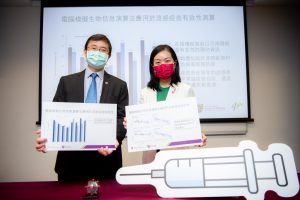
A research team led by Professor Maggie WANG (right) and Professor Benny ZEE, both from The Jockey Club School of Public Health and Primary Care at CU Medicine, has developed in silico bioinformatics algorithms to predict vaccine effectiveness before mass vaccination.


